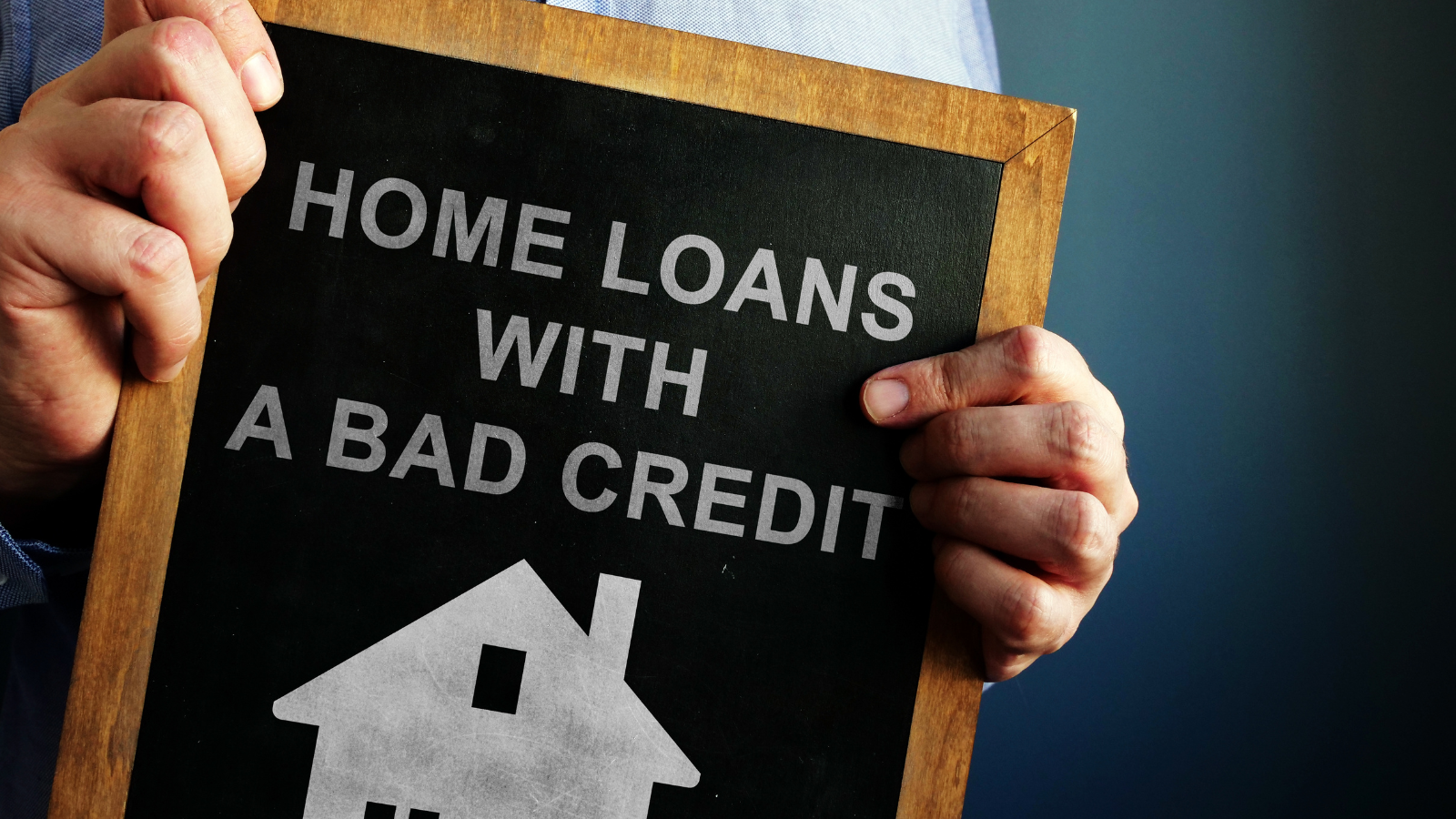
Trigger Rates & Trigger Points
It is no secret that interest rates are continuing to rise. The Bank of Canada has done a super-sized rate increase the past few times with interest rates increasing by half a point or more. Many people who are in a variable-rate mortgage ask what a trigger rate is and how it could affect them. There are two types of variable-rate mortgages. The first is ARM and the second is VRM.
Adjustable-rate mortgage (ARM) is the most common variable rate. With this type of variable rate your mortgage payment will increase or decrease as the prime rate changes, meaning the amortization will not change. With a variable-rate mortgage (VRM), your mortgage payment does not change with the rate, which means the amortization will change.
The trigger rate is the rate at which the regular mortgage payments no longer cover the accrued interest. If interest rates for the variable rate have increased, your entire payment is dedicated towards the interest, and nothing is going against the principal. If in some cases rates were to increase more, the payments will no longer cover the interest.
To find out when you will reach the trigger point, you will need a formula to calculate lump sum. Once you have found your lump sum, this will then determine if you need to switch to a fixed rate with a higher payment. There are various sites that have a calculator for these specific equations, which makes it easier to figure out if you have reached your trigger point.
A trigger rate is the interest rate level where your lender can adjust your payment amount, even if it is normally fixed. The trigger rate applies to variable-rate mortgage holders that are on a fixed payment basis.
A variable rate mortgage has trigger rates to ensure the homeowners are always building equity with their payments, especially as interest rates rise. With a variable-rate mortgage, the amount you pay is usually fixed. What changes is the amount of your payment that is going towards interest. Sometimes lenders lump variable-rate mortgages together with an adjustable rate, which is completely different.
With an adjustable rate, the payments either increase or decrease due to shifting interest payments. With adjustable rates, they are like fixed rates, so there is no need to worry about a trigger rate in this case.
The quickest way to determine your trigger rate is to review your mortgage documents. Your trigger rate will be displayed clearly, so you will know when to expect a call from your bank. That said, the trigger rate outlined in your documents assume you have not made any prepayments. Every time you make a prepayment, it is applied directly to your principal, so your trigger rate would increase. To get a more accurate number, your mortgage lender will then calculate your current trigger rate to know how much breathing room you will have.
The following shows trigger rate formula:
- (Payment amount X # of Payments per year / Balance owing) X 100 = Trigger rate in percent.
- If you have an outstanding mortgage balance of $500,000 with bi-weekly payments (26 payments per year) of $1,100, your formula will look like this: ($1,100 X 26 / $500,000) X 100 = 5.72 percent
It is PARTICULARLY important to have a clear understanding of the implications when it comes to all the trigger rates and trigger points. It makes a significant difference in future planning and can impact you in incredibly substantial ways.
At GLM Mortgage Group, we know what questions to ask. We have relationships with the lenders that you know about and the lenders you don’t. We would be pleased to educate you on the financial options available to you. We want you to make the best decision possible on the mortgage that you are committing to. Call us anytime for a FREE consultation on the mortgage products available to you.



